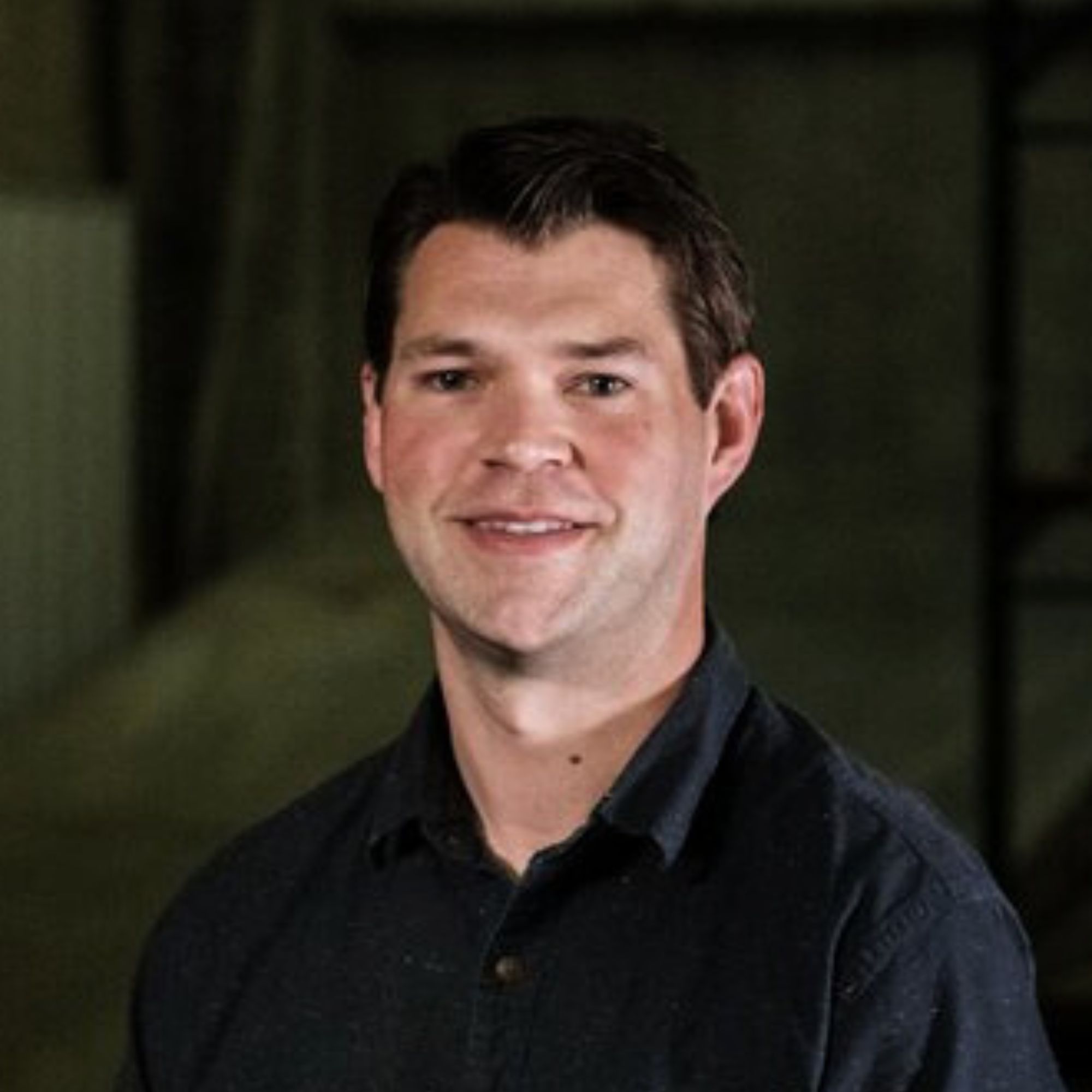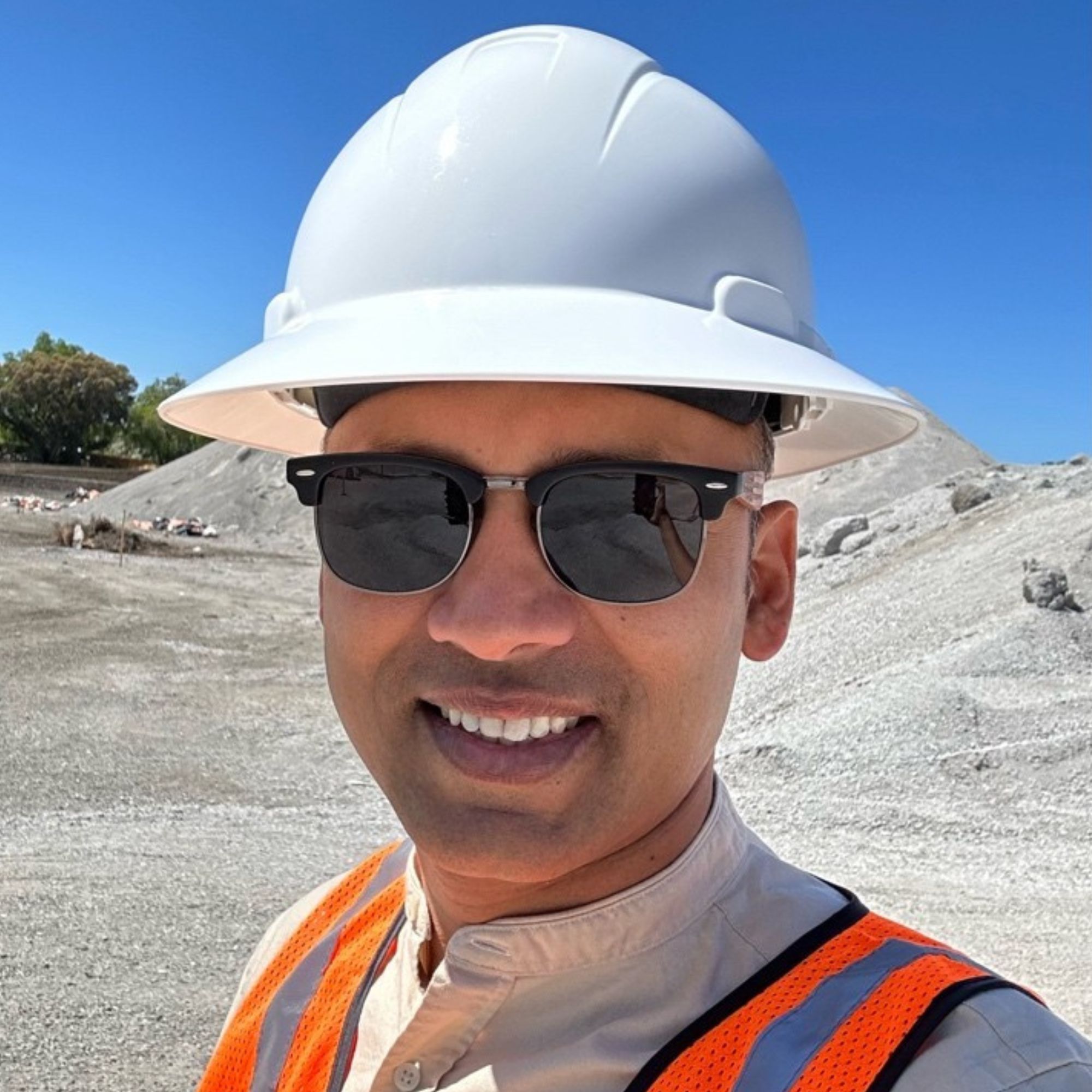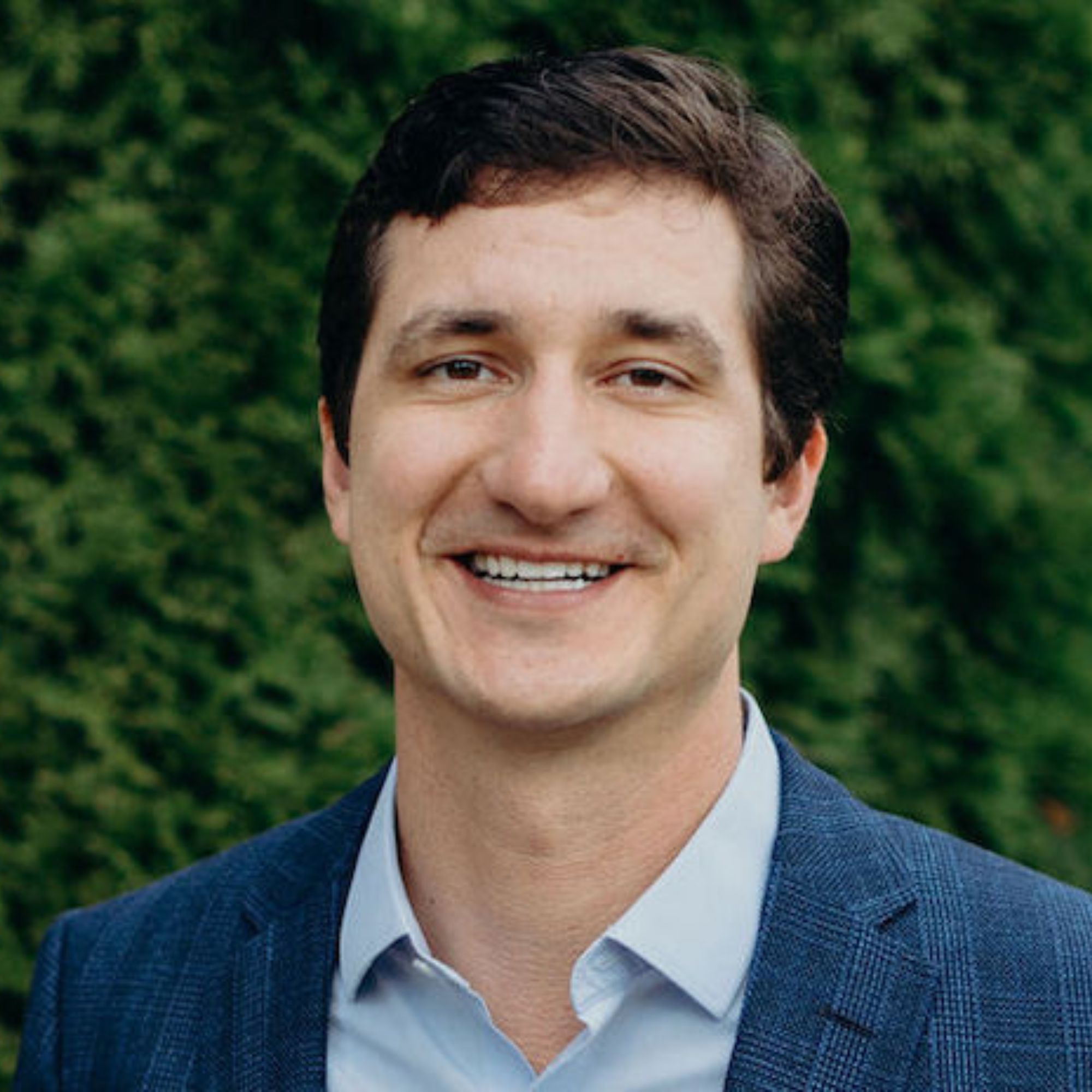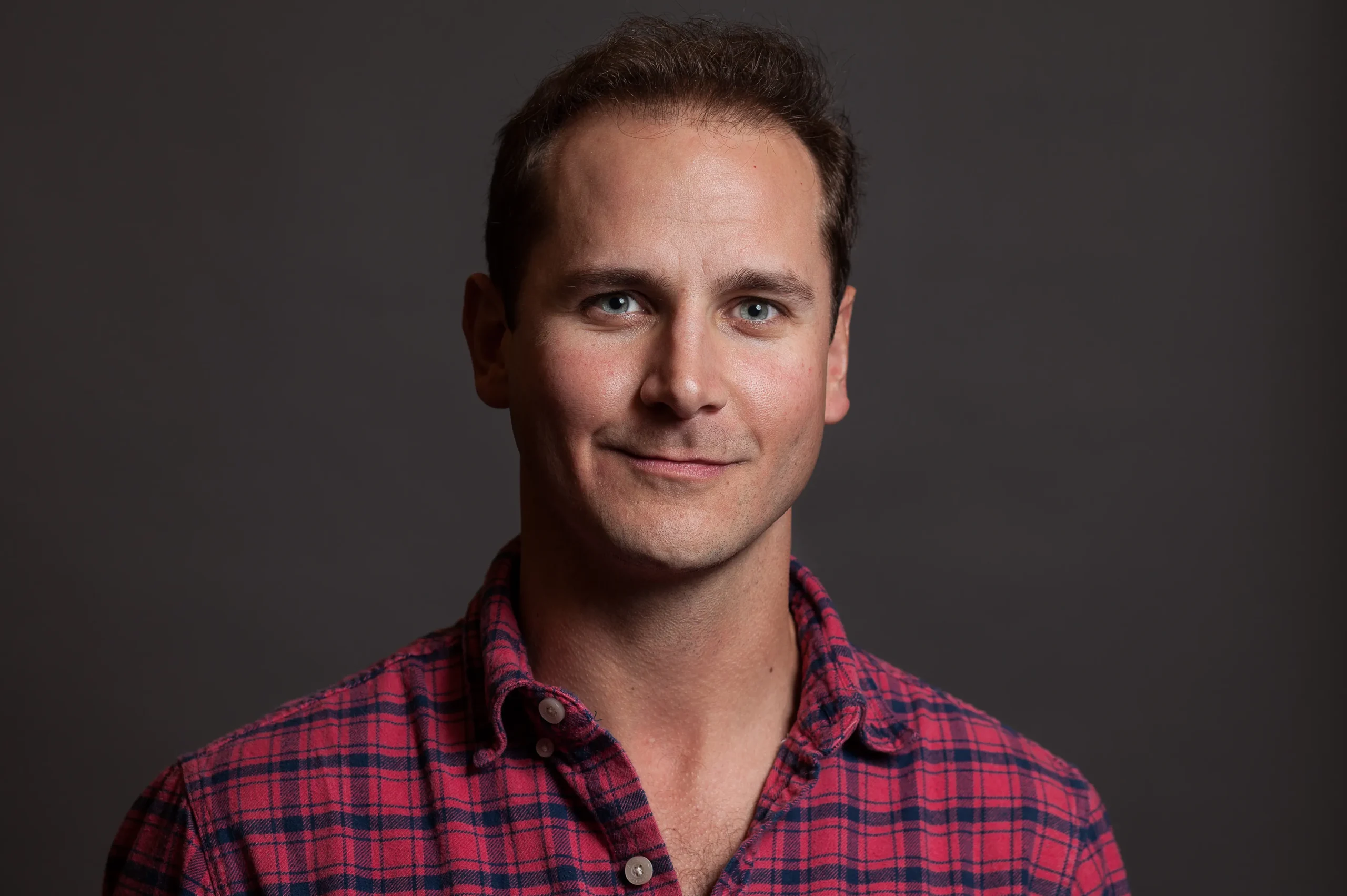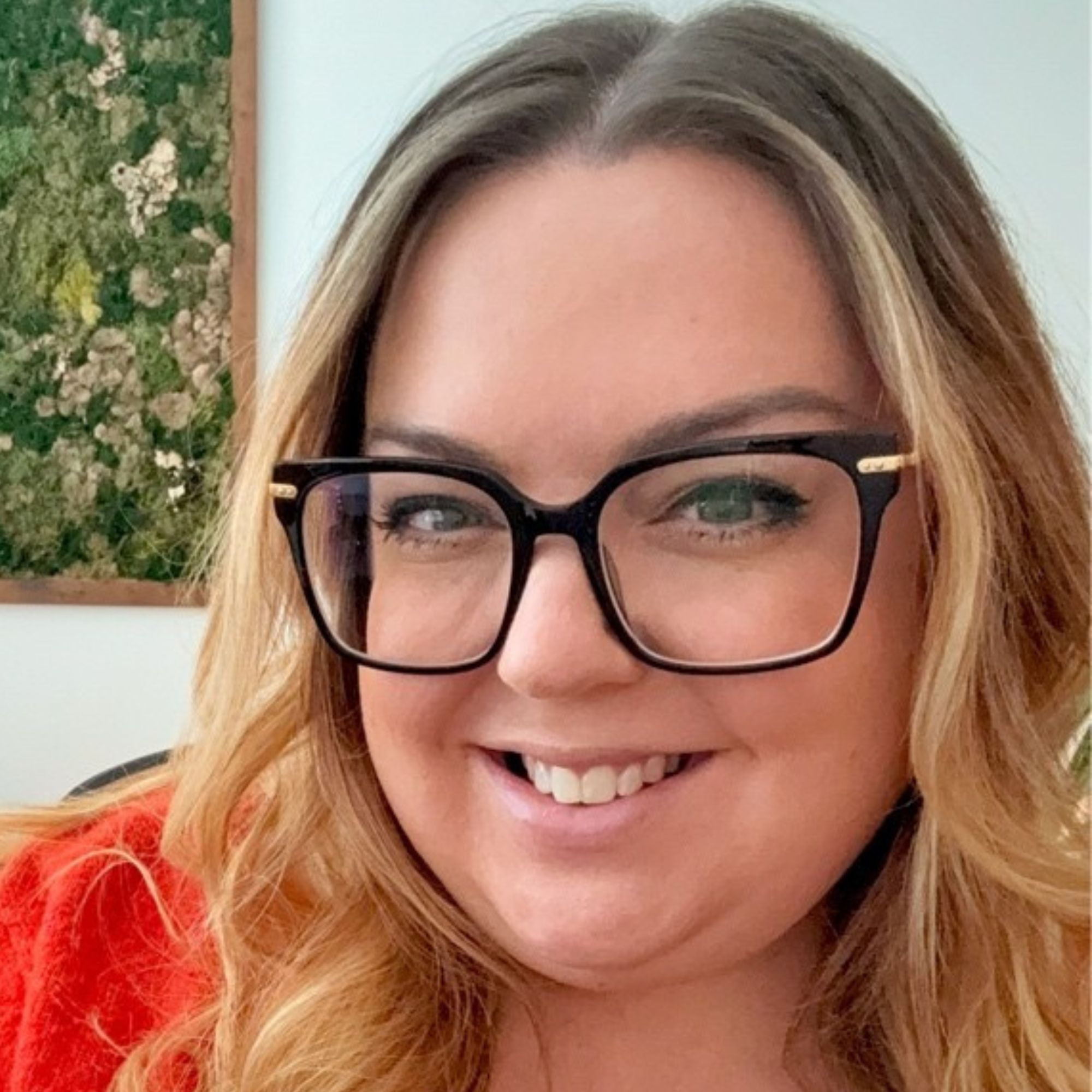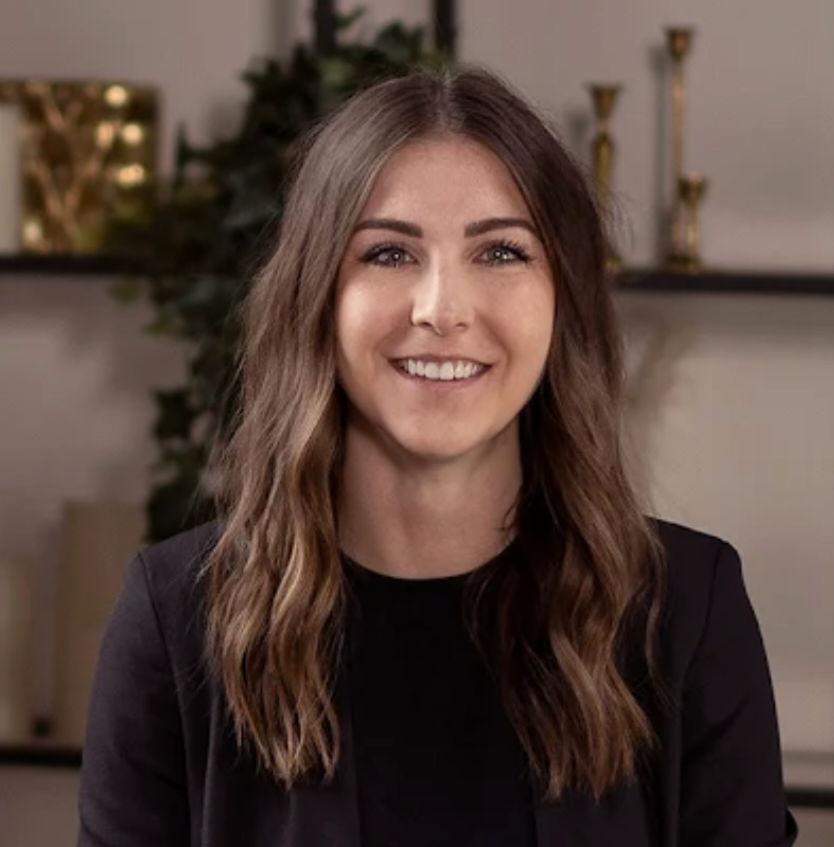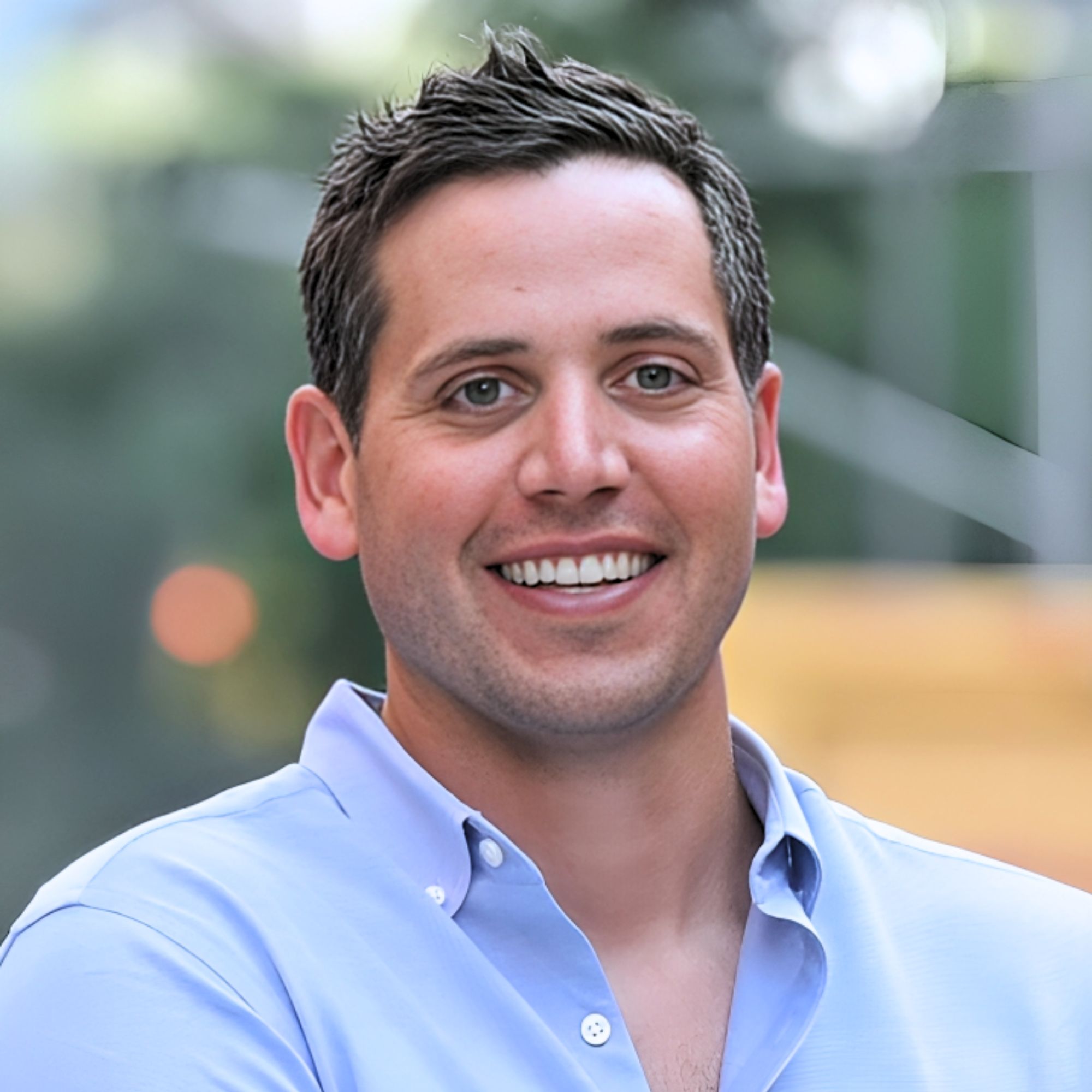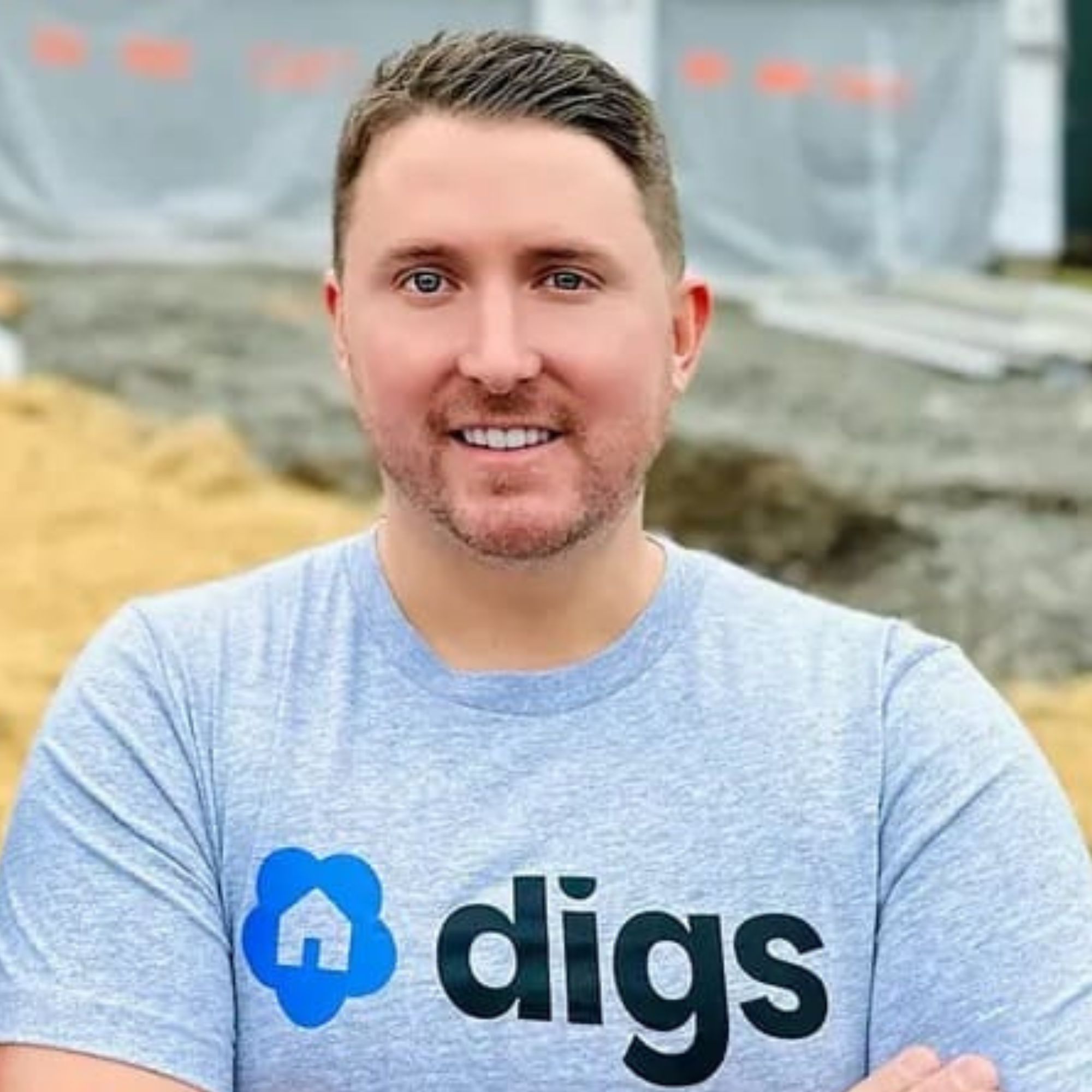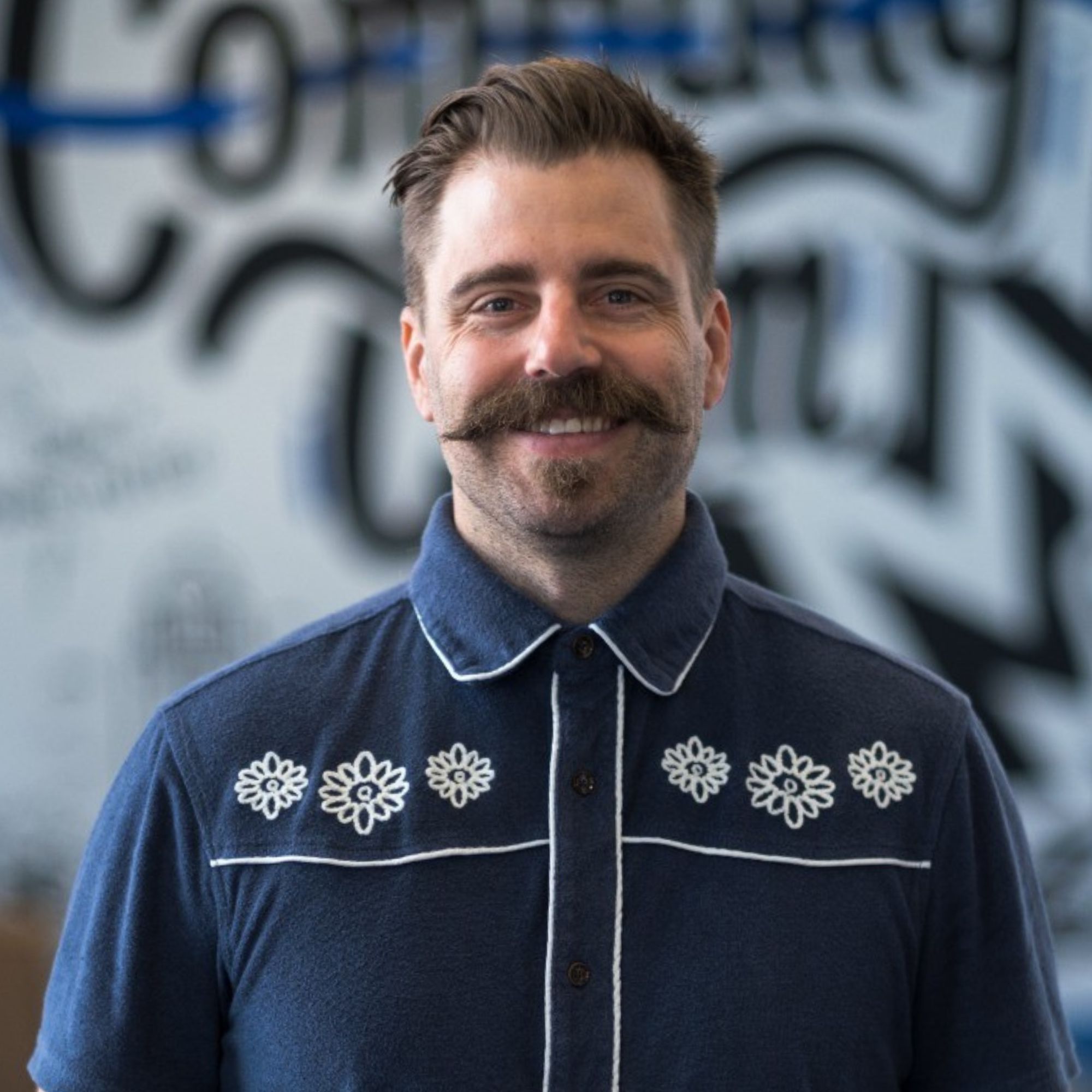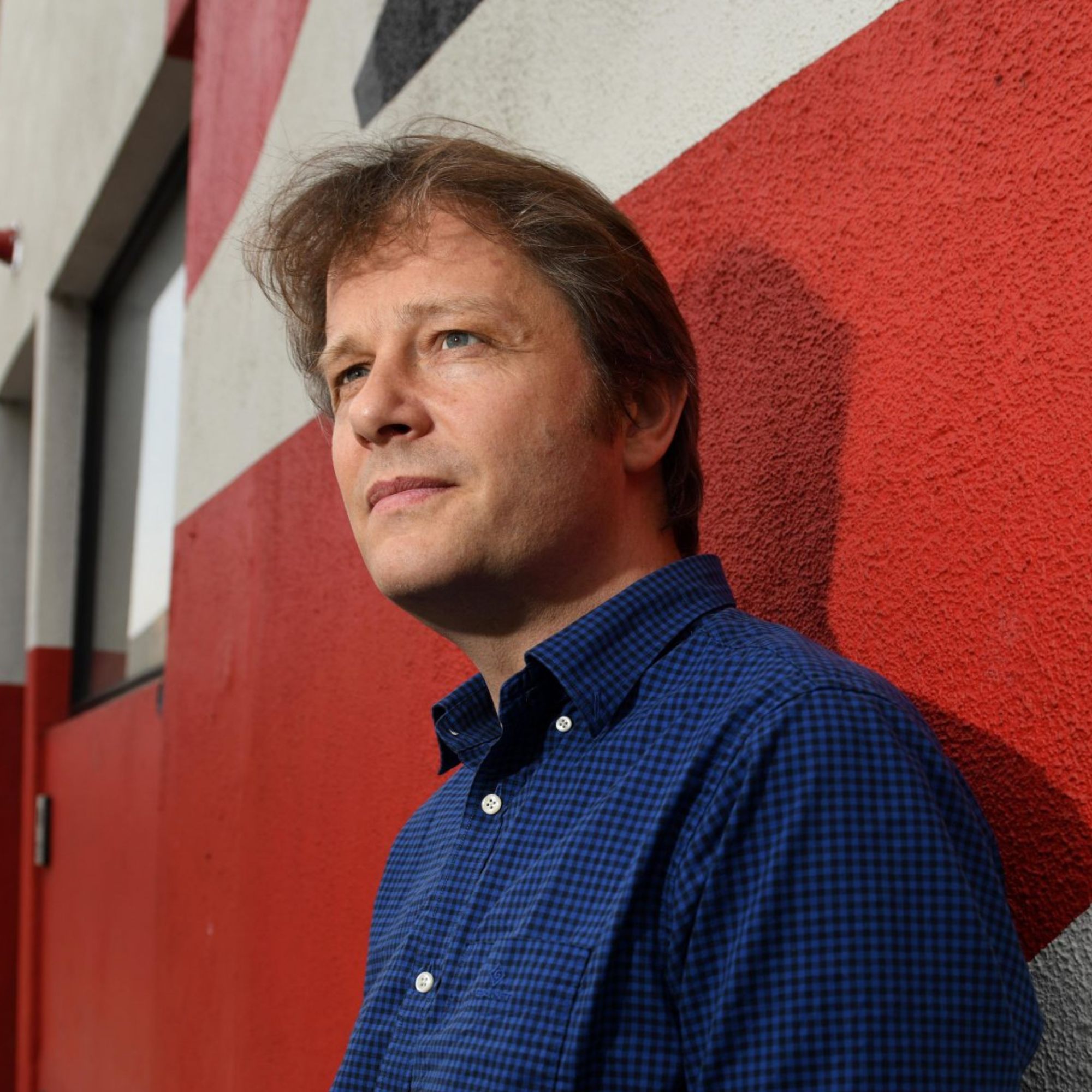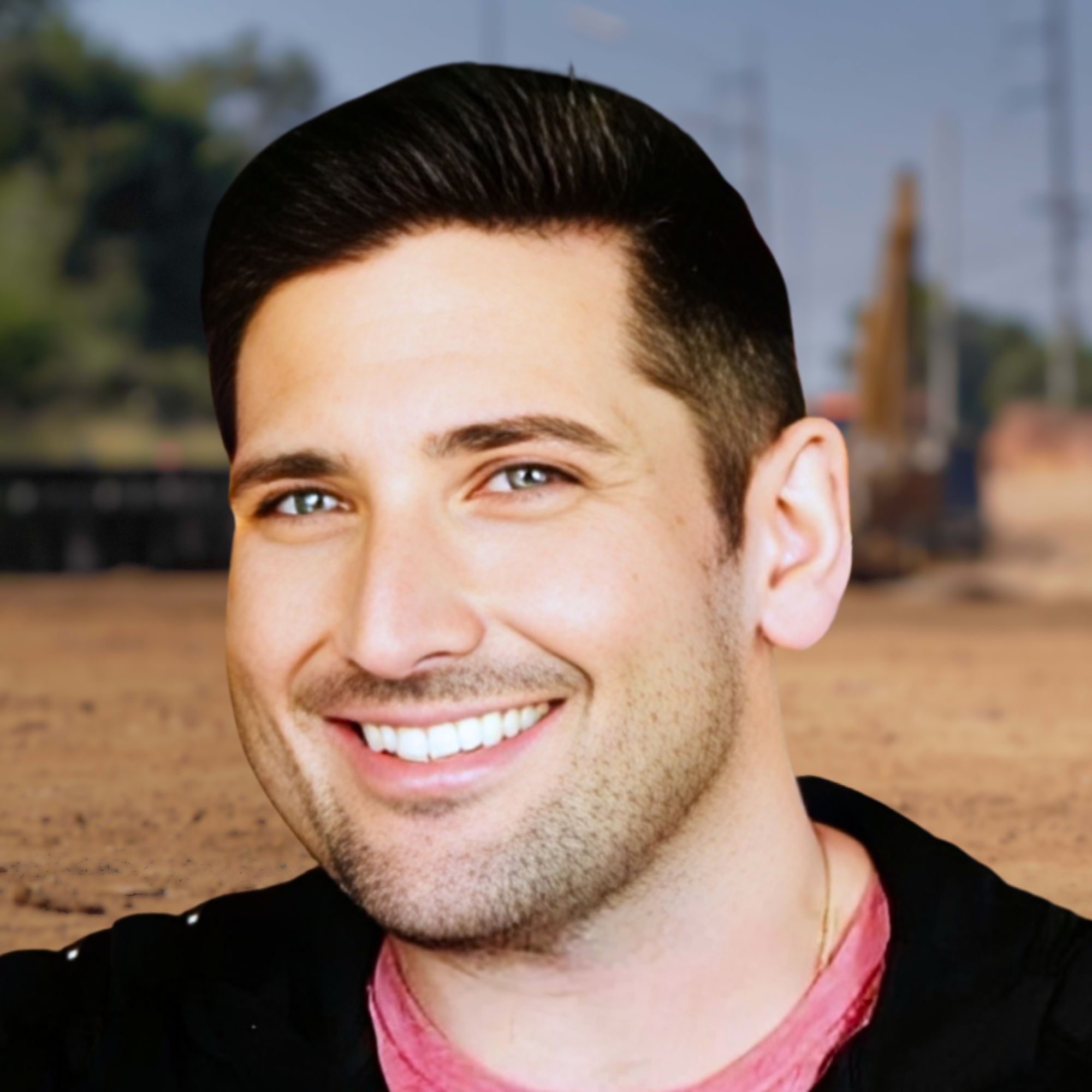Ready to build your own Founder-Led Growth engine? Book a Strategy Call
Frontlines.io | Where B2B Founders Talk GTM.
Strategic Communications Advisory For Visionary Founders
Actionable
Takeaways
Build in public, especially for hardware:
Tessa's top advice for robotics founders is "Don't be in stealth. Stealth is stupid." Since hardware companies typically only get 1-2 shots on goal due to time and capital constraints, you must validate market demand before building. Dusty spent their first year doing free "print jobs" in public, gathering feedback and iterating monthly. This public approach not only validated their technology but also built market awareness and credibility.
Position for comfort first, expand the vision later:
When introducing new technology, Dusty initially positioned their robot as a "drop-in replacement for a guy with a chalkbox and a measuring tape." This made customers comfortable because it required no process changes and was low-risk. Only after establishing market trust did they expand to positioning themselves as creating an entirely new construction methodology. B2B founders should start with familiar positioning that reduces buyer risk, then gradually expand their vision as trust builds.
Solve for outcomes, not features:
Tessa emphasizes the constant battle against feature-focused messaging: "Our customers don't buy robot, they need an outcome." Instead of highlighting technical specs like "16th vintage accurate" or "10 times faster," successful messaging focuses on what customers actually care about: quality, certainty, and predictability. This shift from product features to business outcomes is critical for technology companies selling into traditional industries.
Leverage AI for strategic breakthrough thinking:
The "Dusty Way" concept emerged from Tessa's ChatGPT conversations about breaking out of the "robot trap" where customers viewed them as a project tool rather than a strategic platform. ChatGPT suggested framing their offering as "a trusted method for doing construction," which became the foundation for their category creation strategy. B2B founders should consider AI as a brainstorming partner for strategic challenges, not just operational tasks.
Events are critical for physical product adoption:
In construction, "seeing is believing" because buyers are "physical thinkers, not abstract thinkers." Dusty's event strategy centers on live robot demonstrations, often becoming "the best show on the floor" because they're so different from typical software booths. They print multi-trade layouts continuously throughout conferences, allowing attendees to see the technology in action. B2B founders with physical products should prioritize live demonstrations and tactile experiences over traditional software marketing approaches.
Focus timing: Identify your first bowling pin:
Dusty's biggest current challenge is focusing on one core customer segment despite having a product that works across multiple construction markets. Tessa emphasizes the discipline required to pick one "bowling pin" customer type, master that segment, then expand to adjacent segments. The key is setting specific dates for when you'll address other ICPs, making the focus decision feel temporary rather than permanent. This approach reduces the psychological difficulty of saying no to revenue opportunities.
Conversation
Highlights
From $5,000 Invoice to Construction Category Leader: How Dusty Robotics Built “The Dusty Way”
When Tessa had to Google “what’s an invoice” after delivering her first paid robotics job, she couldn’t have predicted that moment would become the foundation for building construction’s first major robotics category. In a recent episode of Category Visionaries, Tessa Lau, founder and CEO of Dusty Robotics, shared how an accidental first customer led to $69.5 million in funding and market leadership in construction robotics.
The story begins not with a grand business plan, but with what Tessa calls “testing in public” during Dusty’s first year of operation in 2019.
Building in Public Before It Was Cool
While most hardware startups hide in stealth mode, Dusty took the opposite approach. “We were doing our testing in public when we were first developing the system,” Tessa explains. “In our first year of operation in 2019, we were actually doing a lot of free pilots. We called them print jobs because we didn’t want to be associated with an unfinished system.”
Their process was methodical: print something on a customer’s floor, gather feedback, return to the lab to iterate, and repeat the cycle monthly. This approach came from a hard-learned lesson from Tessa’s previous robotics company, Savioke, where the name was so difficult that “No one could spell it. They would mispronounce it all the time.”
For Dusty, she established a simple naming criterion: “You gotta be able to say the name in a loud bar and someone can remember it and understand it.” The name needed to embrace construction rather than sound arrogant. “I wanted it to be real, approachable, grounded in the dust and the dirt that is construction.”
By early 2020, after dozens of these free pilots, came the project that would change everything: a medical office building in the Bay Area. It was challenging work that required significant engineering effort, but they delivered. At project completion, the customer said something unexpected: “Hey, you guys did a great job, send us the invoice.”
Tessa’s response reveals the startup reality: “I was like, oh my God, what’s an invoice? I had to Google invoice and figure out how to generate one. And I didn’t know how much to charge. And so I asked him and he said, you know, $5,000 is probably good.”
That accidental first sale taught Tessa something crucial about positioning that would shape Dusty’s entire go-to-market strategy.
The Evolution from Tool to Method
Initially, Dusty positioned their robot using familiar terms: “We started with what we called a drop-in replacement for a guy with a chalkbox and a measuring tape.” This positioning was deliberate. “I didn’t want to boil the ocean and say, we’re solving all of these problems and we’re going to make you change your entire construction workflow,” Tessa explains.
The drop-in replacement approach made customers comfortable because “It doesn’t require any changes in process, doesn’t require any different way of doing things. It’s something very understandable and low risk.”
But as they evolved, Tessa realized they needed to sell more than just hardware. “We actually started investing in all the software that lives around the robot, built out this entire solution that our customers use to actually go from the pre construction phase all the way through to installation and construction.”
This evolution led to their current positioning: “The Dusty Way.” Instead of selling a robot, they now sell a complete construction methodology. “When you do construction the dusty way, you’re going to get better outcomes, you’re going to get less rework, you’re going to get more profitability, less margin erosion, more productivity, faster schedules.”
Co-Creating Category Definition with ChatGPT
The breakthrough to “The Dusty Way” concept came from an unlikely source: ChatGPT. Tessa was struggling with a common robotics company problem. “People see us as a tool, they say, as a robot that they use on this one project and after they’re done, you know, they move on and we have to sell to the next project.”
She turned to AI for strategic thinking: “I started talking to ChatGPT about this and I said, you know, I’m really frustrated because people think of us as a robot. What have other companies done and what else can I try to get ourselves out of this trap?”
The AI provided multiple solutions, but one stood out: “It said, you are creating a trusted method for doing construction. And that made the light bulbs go off. It made me realize that method is what our customers are actually doing. They’re already following that method. They just don’t know it.”
This insight transformed their entire approach. Rather than dictating processes to construction experts, they began co-creating methodology. “We are co-creating this method with our customers,” Tessa explains. “Our customers are much more experts in the construction process than we are. But we are experts in robotics and in automation and in high precision.”
The Constant Battle Against Feature-Led Marketing
Despite their strategic evolution, Tessa admits to an ongoing internal struggle. “That’s a constant battle that we fight, like even within our own marketing efforts. It’s so easy to fall back on. The Robot is a 16th vintage accurate. It’s 10 times faster than people.”
The challenge is shifting focus from technical specifications to business outcomes. “Our customers don’t buy robot, they need an outcome. And for our customers it’s quality, it’s certainty, it’s predictability. And yes, you get it through robotic automation.”
This battle extends throughout their organization. “Trying to tell that story, that’s the battle that I have to fight on a day to day basis is like getting our team to align around that kind of storytelling.”
Events-Driven Marketing for Physical Products
Dusty’s marketing strategy centers heavily on events, driven by the nature of their construction industry customers. “The reality in construction, especially with the physical product, is that it’s very tactile. You know, they want touch it, they want to see it before they commit to it. Because they’re not abstract thinkers. They’re very physical thinkers.”
This insight shapes their entire event strategy. “When we show up at a conference, we’ve got a full size booth and we’ve got a robot and it’s printing Multi trade layout from dusk till dawn. We are trying to cram as much stuff into that print as we can to show you everything this robot can do.”
The results speak for themselves. At industry conferences, “we are kind of the best show on the floor because we are so different from everyone else.” At the AWCI build event for walls and ceilings installers, “we were the only booth with any kind of, like, interactive exhibit and we were mobbed the entire show.”
The Focus Challenge: Multiple Markets, One Strategy
Despite their technology working across multiple construction segments, Dusty faces the classic startup challenge of focus. “One of the things that we’re doing right now is we have the blessing and the curse of having built a product that works for a lot of different customer types, market segments.”
Tessa acknowledges the difficulty: “It’s hard to say no to money.” But she’s learned the importance of the “bowling pin” strategy from Geoffrey Moore’s “Crossing the Chasm.” The approach requires discipline: “Focus here. And then we will get to the other one later. We will, you know, you can even put a date on it, on when we’re going to go after the next ICP.”
Advice for Fellow Founders
For robotics founders, Tessa’s advice is unambiguous: “Don’t be in stealth. Stealth is stupid. Build in public because you don’t have the luxury of multiple shots on goal.” Hardware companies face unique constraints because “You really only have one to two shots on goal if you’re building a hardware product.”
For construction tech founders specifically, she emphasizes market complexity: “Construction is not one market. Construction is a lot of different markets.” Success requires understanding that “even on a single construction project, the different buyers have very different values statements, very different value propositions, different willingnesses to pay, different ability to bring the technology on site.”
The Vision Ahead
Looking forward, Tessa’s vision is ambitious yet simple: “The dusty way implemented on every single construction site.” This goal reflects their evolution from a robotics company to a methodology company, positioning them not just as a technology provider but as the standard for how construction should be done.
The journey from that first $5,000 invoice to construction category leadership demonstrates how positioning evolution, customer co-creation, and relentless focus on outcomes over features can transform a hardware startup into an industry standard. For B2B founders, Dusty’s story proves that sometimes the best strategy isn’t to hide your technology development, but to build it openly with your customers—even if you have to Google “what’s an invoice” along the way.
